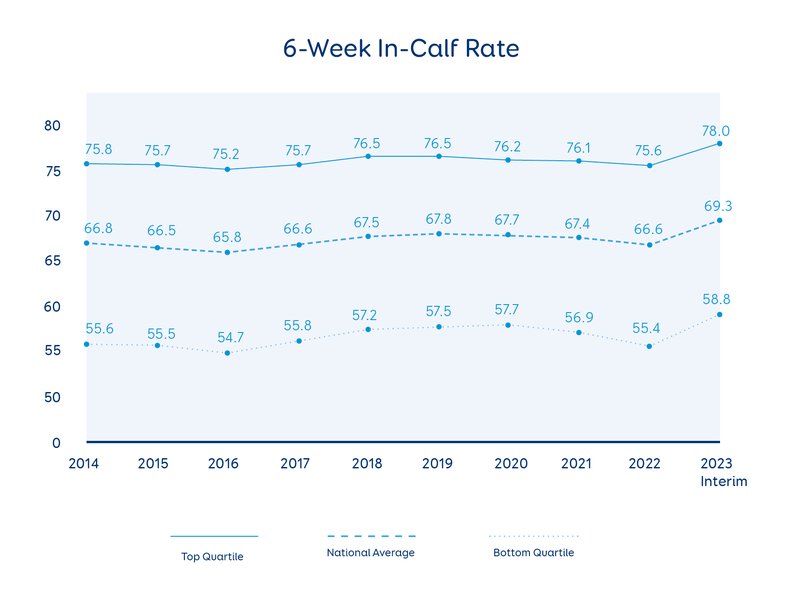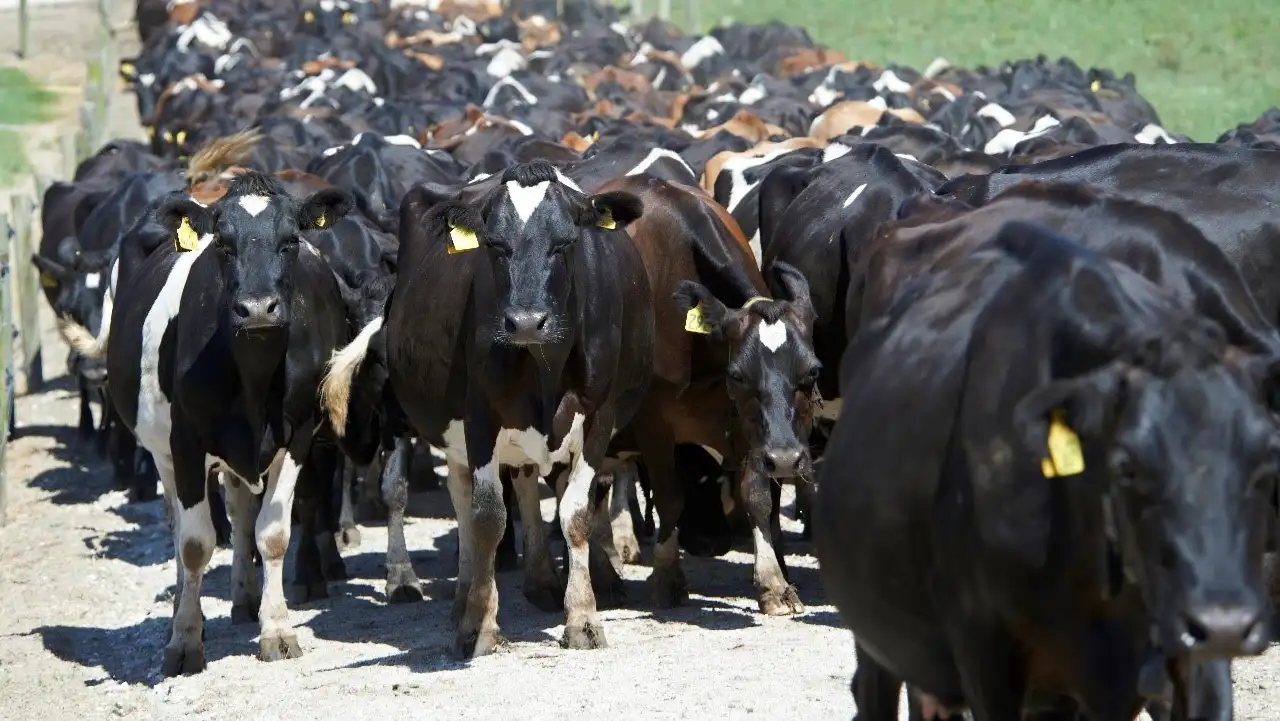The average six week in-calf rate is sitting at 69.3% for the 2023-24 season, up 2.7% from last season (66.6%), while the not-in-calf rate is down to 15%.
The interim data, based on aged pregnancy test results from 4,679 herds with a detailed DairyNZ fertility focus report in LIC’s MINDA® software, represents 2.5 million cows from across New Zealand.
On a national scale, the DairyNZ InCalf calculator estimates these reproduction improvements could create $130.7 million in extra milk revenue.

DairyNZ senior scientist Chris Burke said improved reproduction performance could also help farmers lower emissions.
“Herd reproductive performance is key in ensuring dairy farming success and in lowering methane emissions by reducing the number of non-productive cows. These results highlight the ongoing sector-wide opportunities to help farmers improve animal efficiency, to continue working towards emissions reduction goals.”
Jair Mandriaza, LIC senior reproduction solutions advisor, said this is great news for the dairy sector.
“From a national level, these results are very impressive and have been welcomed after a couple of tough seasons.”
Mandriaza noted the submission rate (the number of cows that were mated in the first three weeks) also increased compared to last season.
“It seems many farmers have implemented improved management practices to overcome those tough seasons and, coupled with favourable weather in many parts of the country, are now reaping the rewards of their hard work.”

Fonterra’s Group Director for Farm Source Anne Douglas says the latest results are particularly encouraging.
“Animal efficiency can improve farm profitability as well as positively impact a farm’s emissions intensity profile, which is important for our Co-op,” says Douglas.
“We provide a number of tools and services aimed at supporting farmers, including our tailored Farm Insights Reports, and we also really appreciate the work that LIC and DairyNZ are doing in this space. By working collectively alongside Kiwi farmers we can help them continue to lead the way in sustainable, efficient dairy farming.”
Chris Burke says the challenge for dairy farmers is to maintain this good performance.
“To lock in these gains, farmers should focus on hitting condition score targets at calving and on planning their spring feeding carefully.”
Highlights from the 2023 spring interim reproduction stats

The percentage of cows in a herd that became pregnant in the first 6 weeks of the mating period.

The percentage of the herd that failed to become pregnant during both the AB and bull mating periods.

On a national scale, the DairyNZ InCalf calculator estimates these reproduction improvements could create $130.7 million in extra milk revenue.
Statistics are from the 2023-24 season, seasonal calving herds that have a Detailed InCalf Fertility Focus Report. Data sourced from LIC and DairyNZ.
Farmer case studies
Learn more about how farmers are improving their reproduction performance here.





